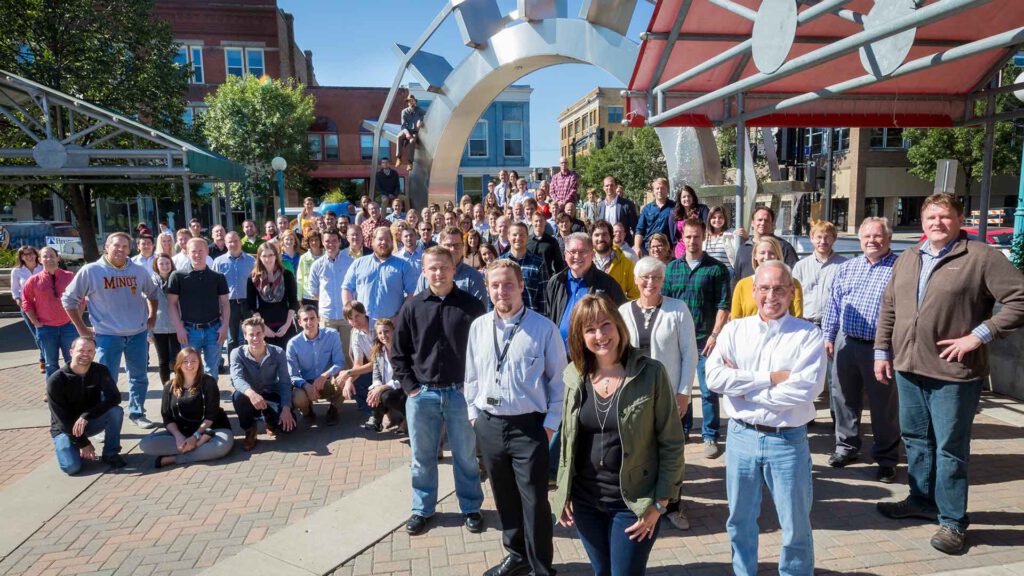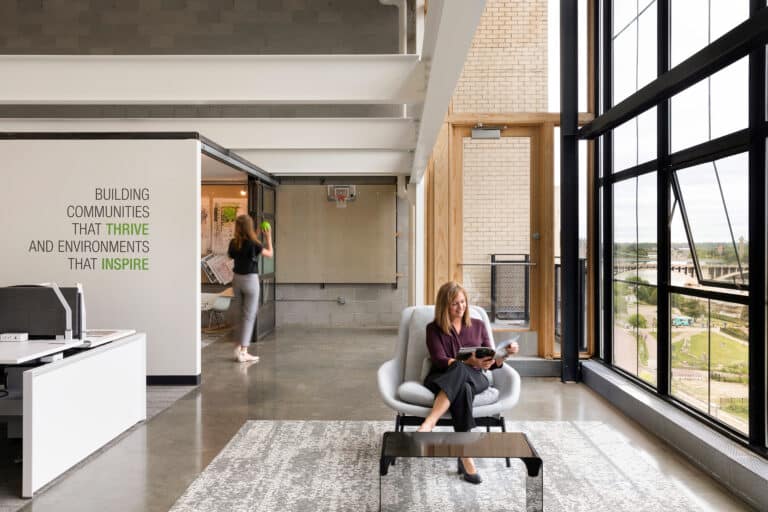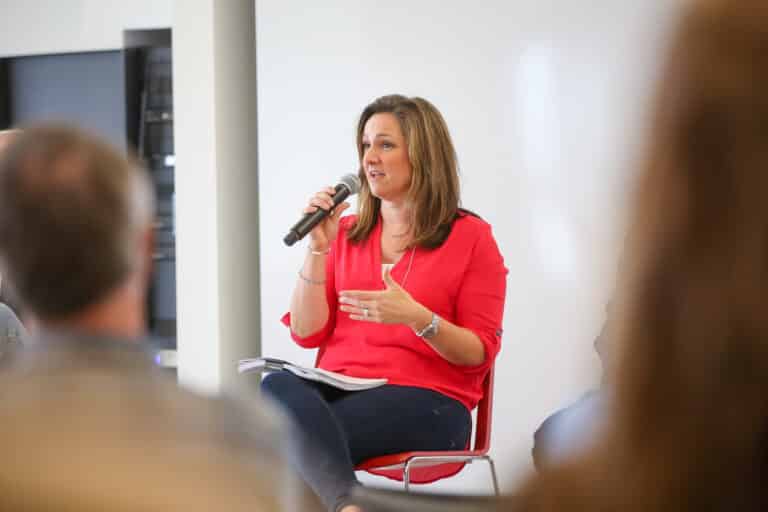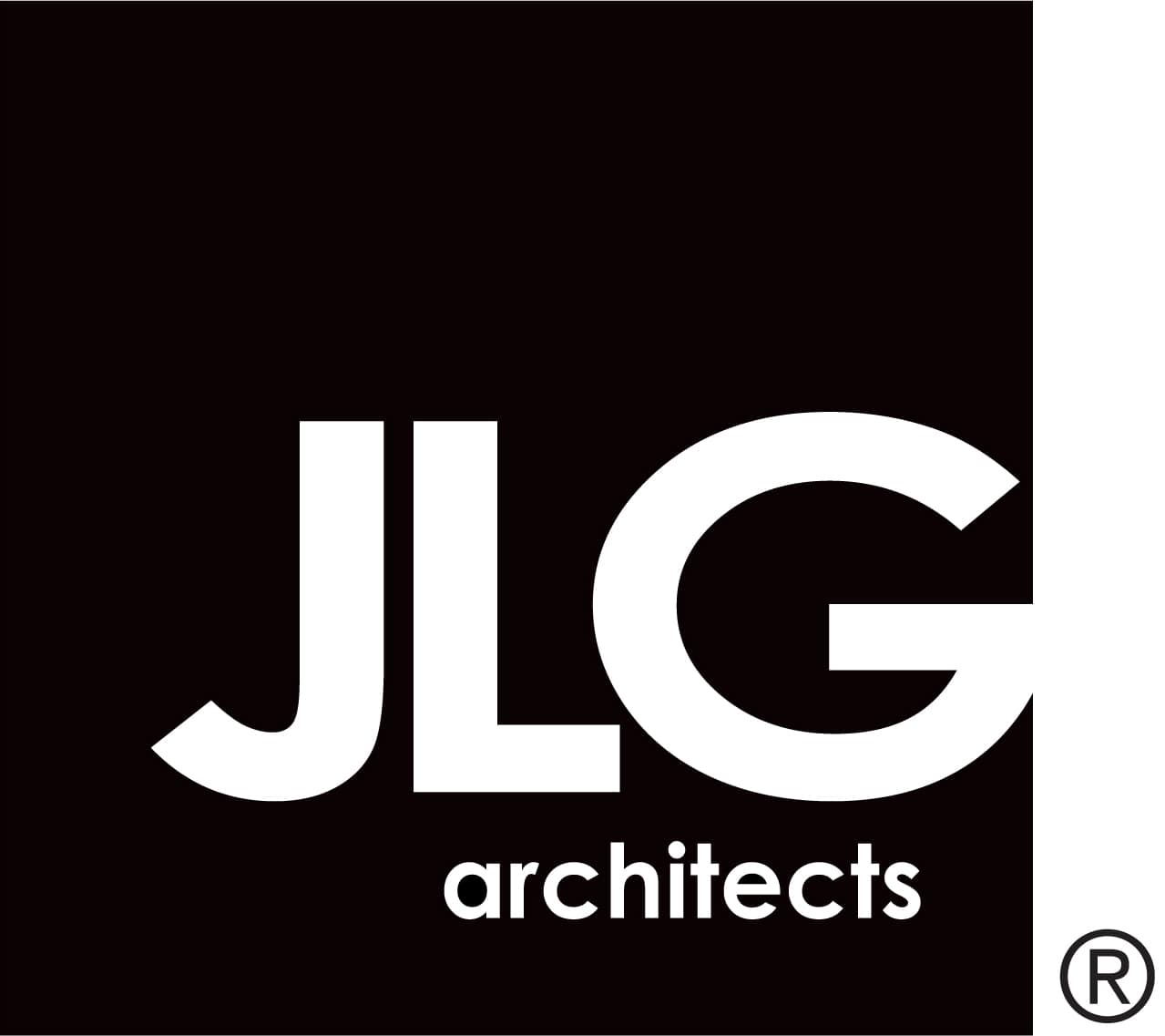
By Michelle Mongeon Allen , CEO at JLG Architects
Michelle Mongeon Allen, FAIA, is an award-winning architect and CEO of JLG Architects in Minneapolis, MN.
If you’ve spent a lifetime building your business, and retirement is on the horizon, you’ve probably become acutely aware of your maturing business model — exploring every possible circumstance that will enable it to fly even after the founders are no longer piloting the plane.
While some have worked overtime to ensure a sustainable afterlife or legacy business, others allow their life’s work to become fragmented and saturated. Some businesses even close or are acquired without heeding the company’s mission or the employees’ best interests. When my company faced this situation, I chose to help our employees inherit a legacy that would carry into the next generation by transitioning to an employee stock ownership plan (ESOP) to help safeguard the firm’s standing and our employees’ prosperity.
Becoming a legacy firm
To future-proof the company, I wanted to create a place where growth is mandatory. This required the complete removal of the original ownership roles. Instead, we worked to grow share value for the ESOP — a type of growth that creates opportunities for advancement, new roles and geographic expansion.
In 2014, our employee stock ownership plan was officially in place, reintroducing the organization as a legacy architecture firm designed to go the distance.
What is an ESOP?
An employee stock ownership plan (ESOP) allows eligible employees to be entitled to beneficial ownership of the business. My company did this by investing annual, tax-deductible contributions in cash or stock to an ESOP trust. In our case, employees with at least 1,000 hours of service received beneficial interest/ownership in the shares based on their earnings.
Our ESOP shares are only available to employees of the company, with a value determined annually by an independent valuation firm selected by the ESOP trustee. Offering employees ownership of the company they work for, and the ability to drive that company’s outcomes over time, has been a game-changer for both recruiting and retention.
ESOP’s role in recruitment and retention
With an ESOP, you increase employees’ retirement income while attracting and retaining your industry’s top talent. I have seen young professionals wanting to join my firm solely based on our reputation as a supportive and collaborative ESOP culture. At architecture firms, specifically, most people are looking for partnership and ownership, but the culture can be extremely competitive. Removing that stress fosters a collaborative culture that emphasizes elevating the firm collectively and helping each other grow.
The employee benefits
• An ESOP is fully funded by the company.
• An ESOP serves as a direct link between company interests and employee interests.
• Employee-owners share directly in the firm’s overall financial success, developing ownership and saving for retirement without investing their own funds.
• Employee-owners pay no taxes on the contributions to the ESOP until the plan distributes their “vested” account balance.
The business benefits
• Accounts grow on a tax-deferred basis as value is determined each year.
• Plan benefits are protected from creditors.
• An ESOP leads to enhanced recruitment and retention.
The challenges
It can be expensive to execute the initial transaction, in addition to recurring plan-required costs. But, with the right timing and financial circumstances, I believe it can be well worth the investment. As our CFO would advise, just make sure your trustee knows and can communicate how the ESOP operates before relaying it to your team to avoid misinterpretation.
You can look at the transition as a risk or challenge, but for my company, it was an opportunity to be more accountable. In leading an ESOP, we had to be more diligent with risk assessment. With an ESOP, it’s not just about your personal risk; you become accountable for sustainably growing share value and managing risk for all employees.
Starting an ESOP committee
Throughout our transition, I would say the greatest virtue was patience; it took time for our entire team to understand the benefits and limitations. Make sure you have an HR department you can lean on. For us, HR was a key player in the transition and started an ESOP committee to help launch the program, address frustrations and answer questions. To get people involved and educated, we did everything from presenting stock certificates to putting together skits and presentations. We even had an annual contest of “guess the stock price” and gave away vests to those who were 100% vested.
It pays to stay
For each year of eligible employment, businesses can make a variable contribution to the ESOP account. If employee-owners want to access their balance, they will have to wait until they are fully vested and employment is terminated, or they meet the terms of death, disability or retirement.
While some offer tiered or graded vesting schedules, I found cliff vesting to fit our situation. With cliff vesting, eligible employees are 0% vested until the completion of a certain length of time (in our case, three years), at which point they become 100% vested (or the maximum allowed, if a partial ESOP) and remain so with any and all stock contributions. But until completing that service period, employees have no ownership in employer contributions and will forfeit them all if they leave before that period expires.
For all my company’s decisions, simplicity was a guiding principle: a three-year cliff vest was easier to understand and explain. This “all or nothing” structure gets employee-owners fully invested in the company’s success, and the “cliff” brings more significance and celebration to the event. A graded or tiered schedule, on the other hand, increases vesting over time. Employees will gradually gain more ownership of employer contributions as their length of service increases, eventually resulting in 100% ownership (or the maximum allowed if a partial ESOP). If an employee leaves before that period is up, they keep only the percentage of the employer’s matching contributions in which they are vested. Different companies may find that different structures match their goals better.
Whether the appeal is the ownership culture or potential retirement boost, our employee-owners unanimously agree that it pays to stay.





